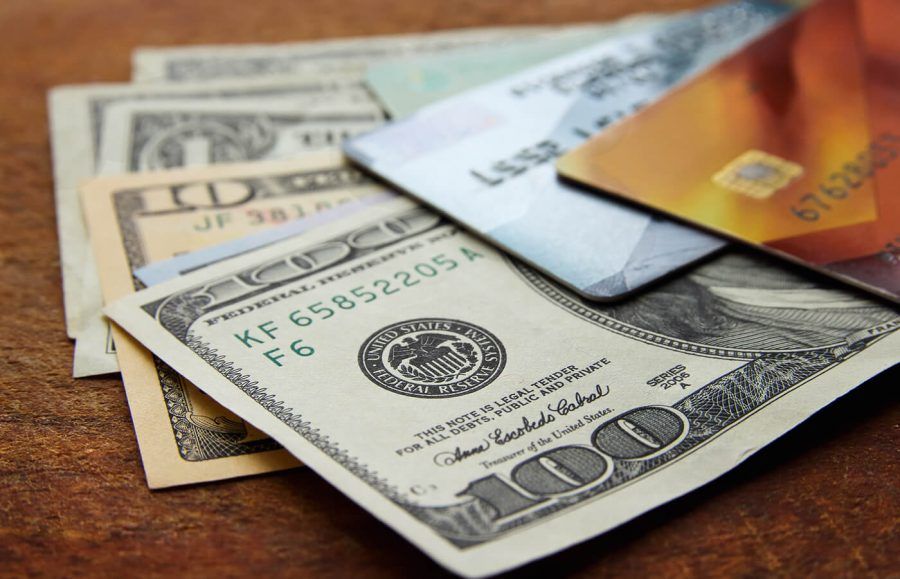At Experian, one of our priorities is consumer credit and finance education. This post may contain links and references to one or more of our partners, but we provide an objective view to help you make the best decisions. For more information, see our Editorial Policy.
Credit card debt topped $1 trillion for the first time, according to the Federal Reserve's report this February, which leads many to wonder whether cash is dead… or dying. That's far from the case according to the Global Cash Index, which was released today by PYMNTS in collaboration with Cardtronix. According to the report, cash still beats out credit and debit cards as the most used form of payment in America and the world.
Cash Usage
It may surprise you to learn that an estimated 24% of U.S. citizens make all their purchases using cash. Cash is even a bigger factor globally—in Mexico, for instance, it accounts for 90% of consumer transactions. Debit cards, credit cards, and e-commerce adoption is growing, though, reports show as many as 86% of Americans say they sometimes use cards to make purchases.
PYMNTS also forecasts that cash will represent 11.2% of the U.S. GDP by 2021 (compared to the 12.6% reported in 2016), a gradual decline according to the report.
Other recent studies confirm the usage of cash is still strong. In The 2016 Diary of Consumer Payment Choice, a report by the Federal Reserve Bank of BostonTM shows consumers paid mostly with cash (31% of payments), followed by debit cards (27%), and credit cards (18%).
When Is Cash Used Less?
There are instances when credit cards tend to be preferred, such as online shopping (when digital payment is the only option), as well as when someone is spending more. The average value of a cash transaction was $22, compared to $112 for the average non-cash transaction and $84 for all transactions.
Other Payment Methods
Online purchases aren't going anywhere, however, as this Global Cash Index report also shows e-commerce online sales generated over $360 billion in 2016, and is expected to grow over 77% by 2022 to $638 billion.
Debit and credit cards do have high usage as well and the U.S. leads most countries in spending with plastic. Another report from YouGov, a global market research and data company, shows that when it comes to paying with credit cards the most popular choice in the U.S. are cards with EMV chips (47%), followed by swiping a card (34%) and contactless cards, which are used on smartphones and watches (5%).
Alternative payment methods like mobile wallets still represent a small number of total purchases (6%) though there will likely continue to be a growing number of options for consumers with the evolution of mobile wallets such as Google Pay and cryptocurrencies like Bitcoin still making the news.
Which Payment Method Is Right For You?
Behavioral economist and Duke professor Dan Ariely explains, "Payment is not just about payment, it's not just about the money we give up." Ariely speaks about "the pain of paying" with cash because we feel the immediate loss, whereas with credit cards the impact is delayed.
Even still, there are many savvy consumers who use credit cards to their advantage—to build a solid credit history by paying their balance in full every month and using rewards credit cards to get points for purchases they're making anyway. So your decision on how you'll pay the next time you go to buy something will likely depend on many factors.

